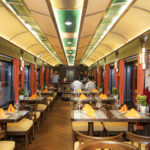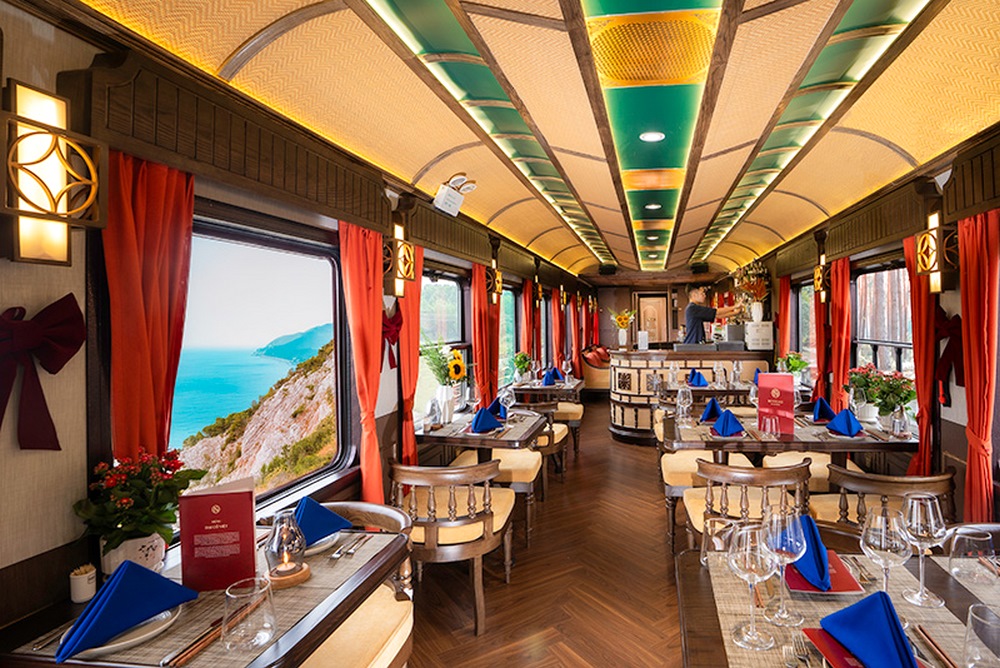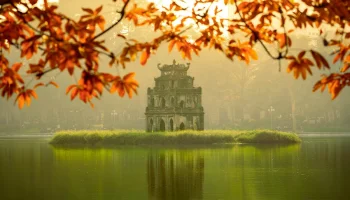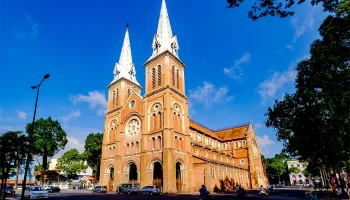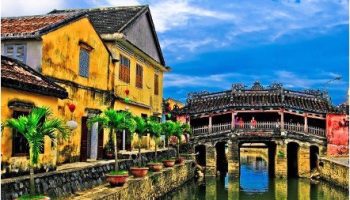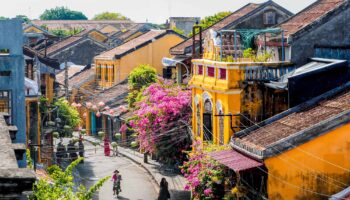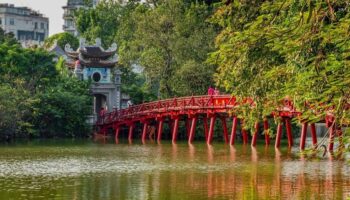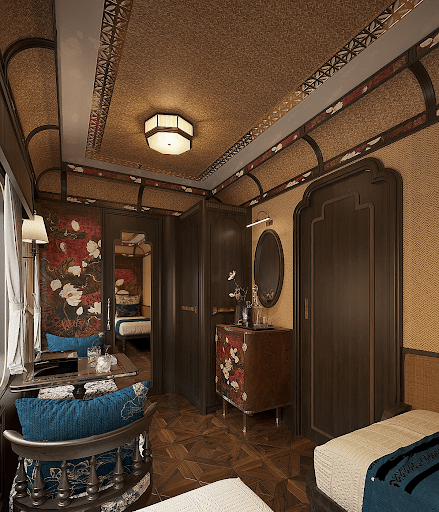
Indochine Style: Exploring the Timeless Elegance
The Indochine style perfectly demonstrates the aesthetic vision of Eastern and Western. Created from the influences of the French colonial period and traditional Southeast Asian elements, this style offers a timeless grace that continues to boost modern interior designs. In this blog, we will discover the origins, components, and contemporary adaptations of this magnificent Indochine style.
Table of Contents
ToggleIndochine Style Historical Background
The Indochine style existed during the French colonial era in Southeast Asia, particularly in Vietnam, Cambodia, and Laos from the late 19th century to the mid-20th century. It combines French architectural visions with local Asian traditions, resulting in an interesting style famously known for its balanced mixture of East and West. In other words, the cultural exchange during this time gave rise to a design aesthetic that seamlessly integrated French elegance with Asian artistry, creating the foundation for what we now know as Indochine interior design. There are numerous popular historical sites that perfectly represent the Indochine design style in Asia.
1. Hanoi’s French Quarter, Vietnam
- Architectural Landmarks: The French Quarter in Hanoi is renowned for its well-preserved colonial architecture, such as the Hanoi Opera House modeled after the Palais Garnier in Paris. The building features grand entrances, arched windows, and decorative cornices, showcasing French architectural classiness.
- Residential Buildings: Many houses in this area display a combination of French design principles, such as symmetrical layouts and ornate ironwork, in addition to local adaptations like tiled roofs for the tropical climate.
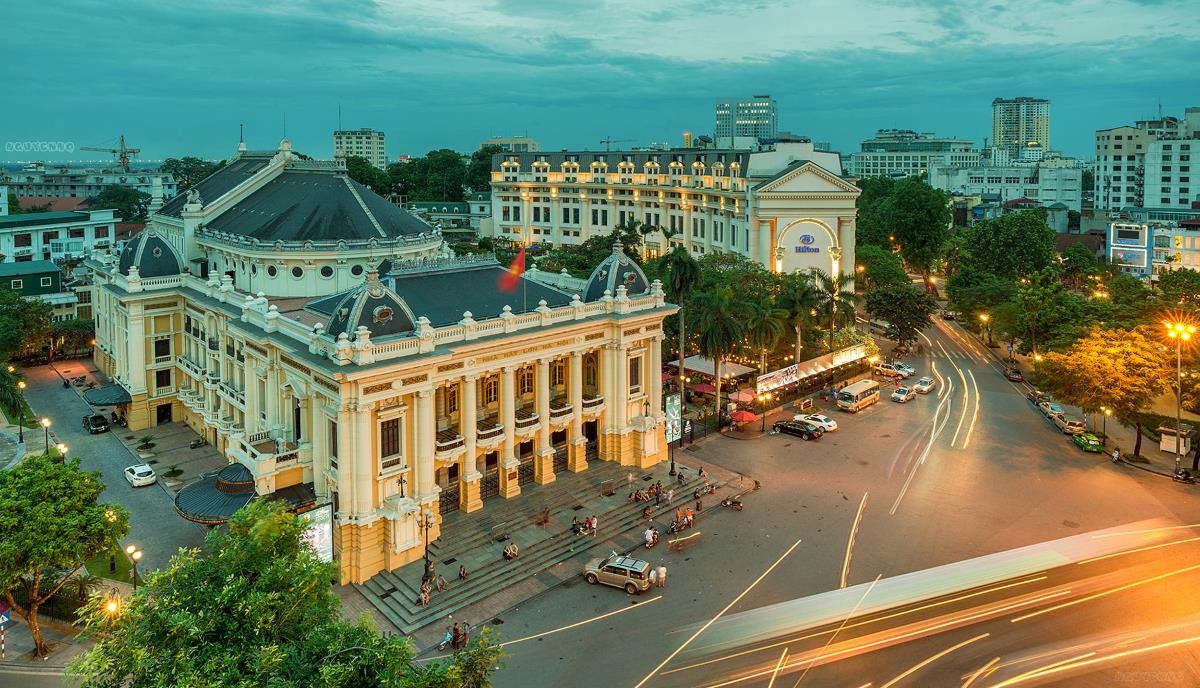
2. Saigon Central Post Office, Ho Chi Minh City, Vietnam
The historical building was designed by Gustave Eiffel, the architect behind the Eiffel Tower. Hence, the Saigon Central Post Office is a striking example of the Indochine style. Featuring a European-style façade with arched windows and a grand entrance, visitors are amazed even further by the interior incorporating local motifs and materials, creating a tactful blend of East and West.
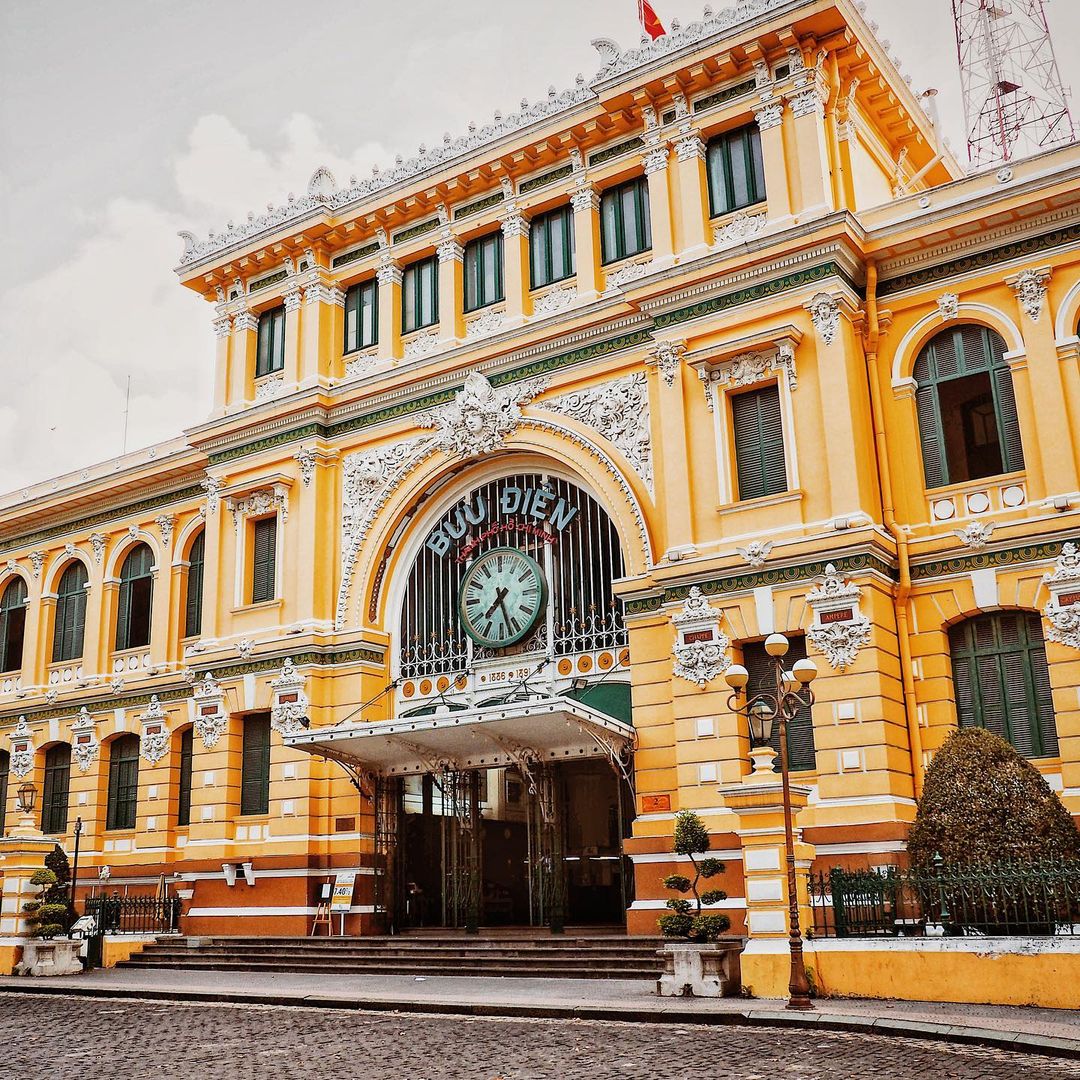
3. Phnom Penh’s Royal Palace, Cambodia
- Architectural Synthesis: The palace demonstrates French and Cambodian architectural styles elegantly. The complex includes traditional Khmer buildings decked with French-inspired details, such as the use of iron and glass in pavilions and decorative elements that reflect European tastes.
- Cultural Symbolism: Complex highlights of the cultural exchange during the colonial period, as local artisans incorporated French techniques into their traditional designs.
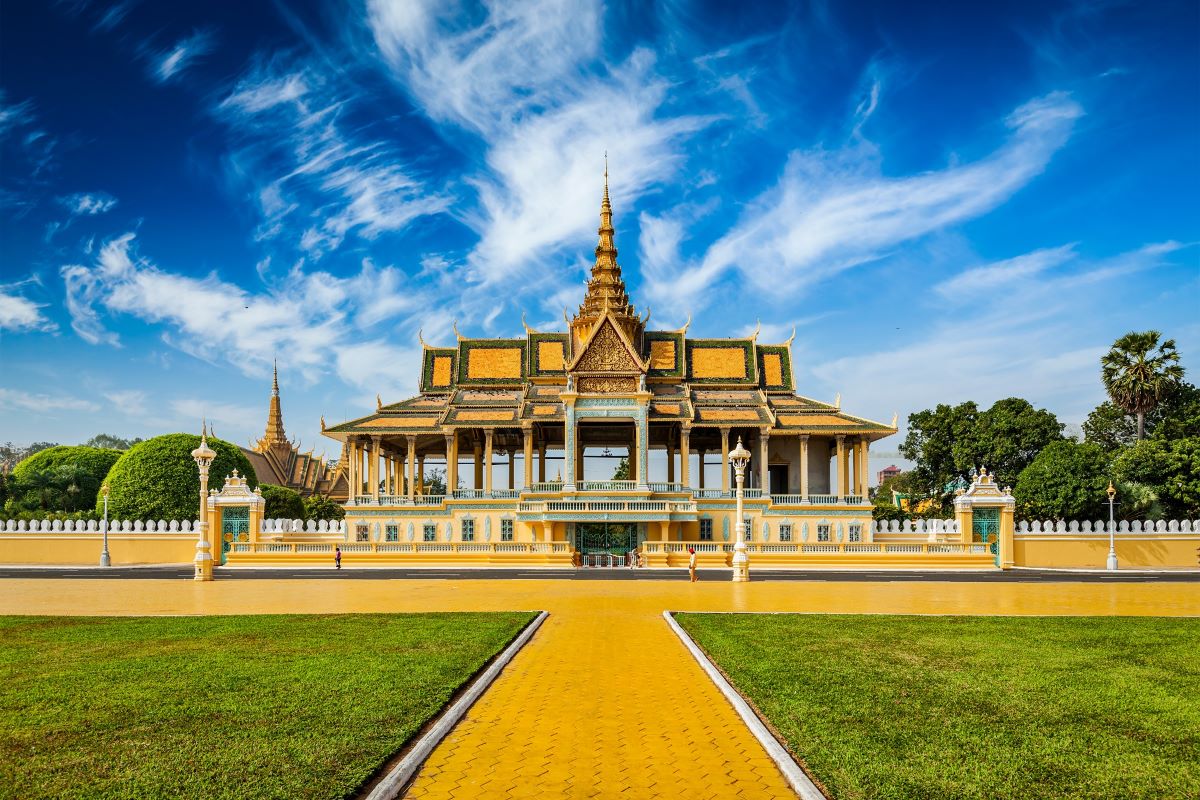
4. The Laotian Presidential Palace, Vientiane, Laos
- Colonial Grandeur: This architectural gem of Laos is another example of the Indochine style. It carries a grand, neoclassical façade, large columns, and symmetrical design that also showcases the influence of French Style. Additionally, the use of local materials and traditional Lao decorative elements within the building add to the definition of excellent Indochine interior design.
- Adaptation to Climate: Featuring design adaptations suited to the local climate, such as wide verandas and high ceilings, illustrating how European designs were modified for Southeast Asian conditions.
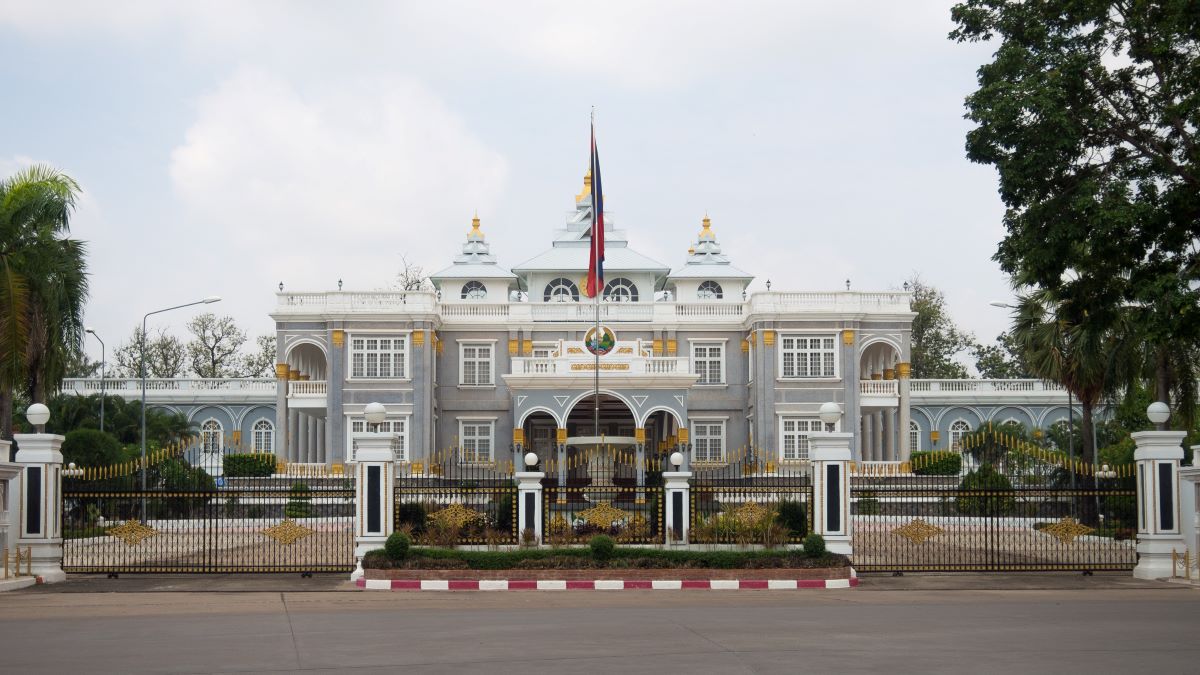
5. Hoi An Ancient Town, Vietnam
- Merchant Houses: Recognized as a UNESCO World Heritage site, Hoi An showcases a mix of French colonial architecture and traditional Vietnamese wooden houses. The town’s narrow streets are filled with buildings that incorporate French shutters and balconies with Vietnamese rooflines and wooden beams.
- Cultural Hub: Hoi An is known as a major trading port, and that’s why we see the multicultural influences of French, Chinese, Japanese, and Vietnamese designs.
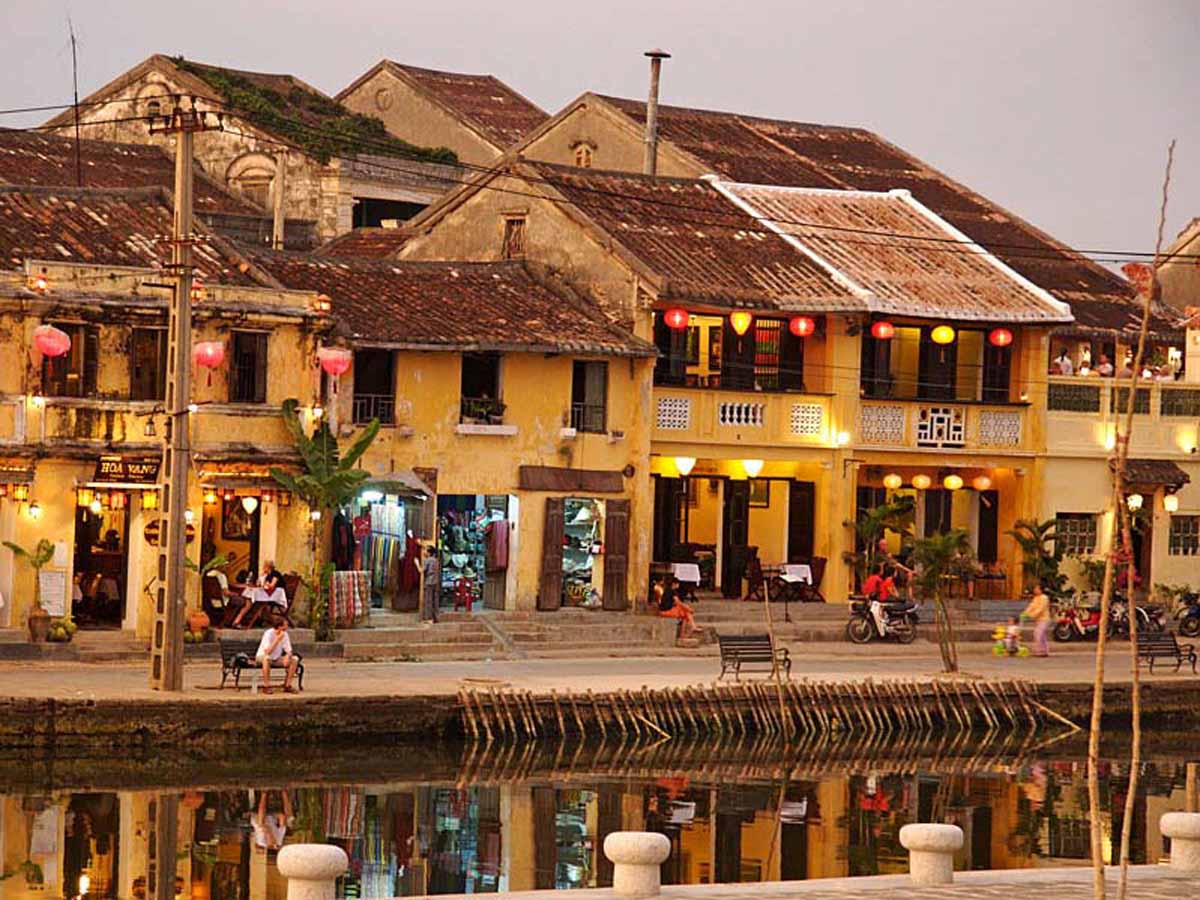
Key Elements of Indochine Style
Overview of the Architecture
Classic features of the Indochine design style are the colonial-era buildings that feature high ceilings, large windows, and expansive verandas. These structures then incorporate traditional Asian elements, such as tiled roofs and intricate wooden carvings, creating a unique architectural style that is both grand and inviting.
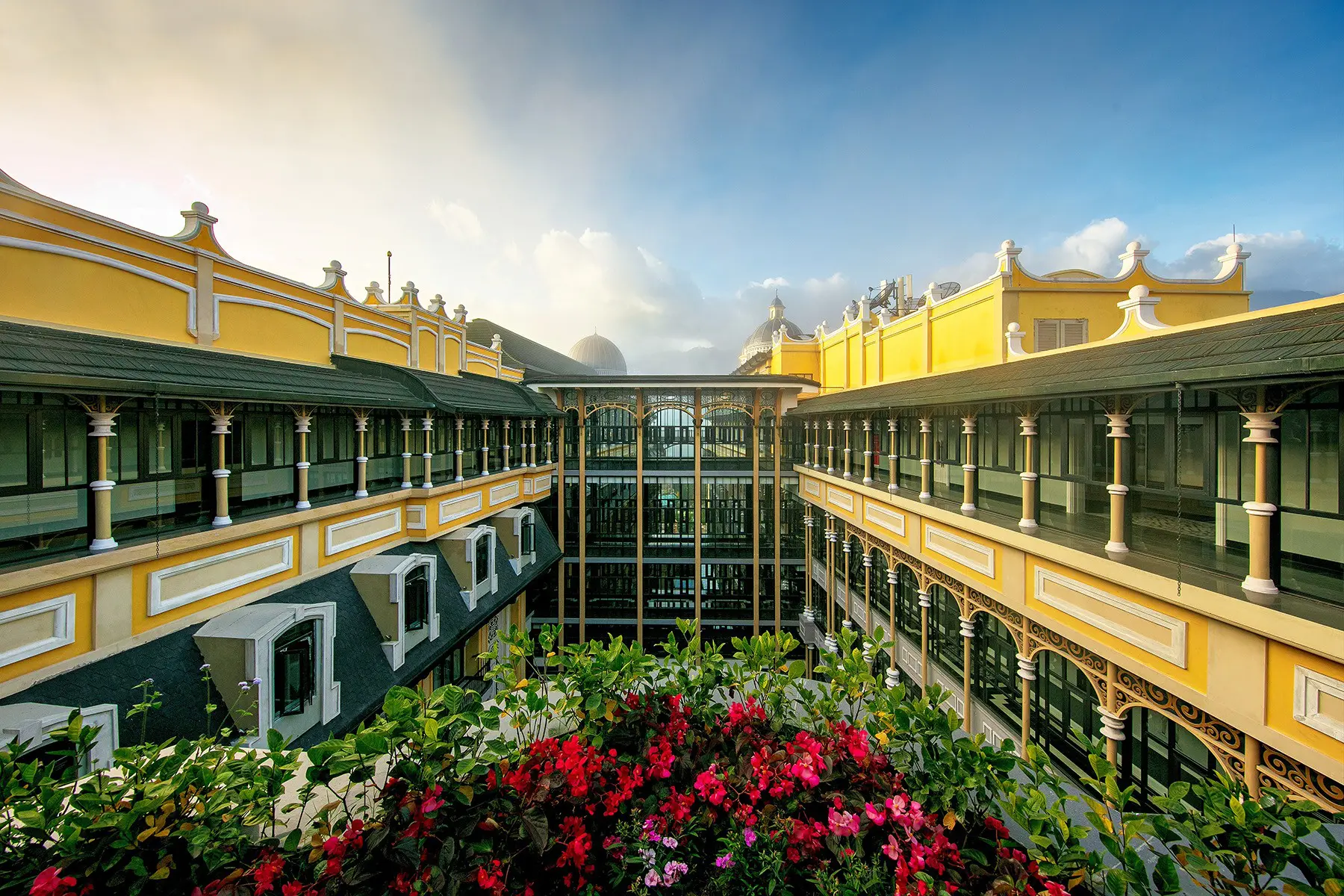
Features within Indochine Interior Design
Indochine interior design is renowned for the usage of natural materials like wood, bamboo, and rattan. The color palette typically includes neutral tones, such as beige and ivory, accented by deep, rich colors like indigo, emerald, and crimson. Furniture pieces are often elegant and handcrafted, featuring intricate details that present French and Asian craftsmanship.
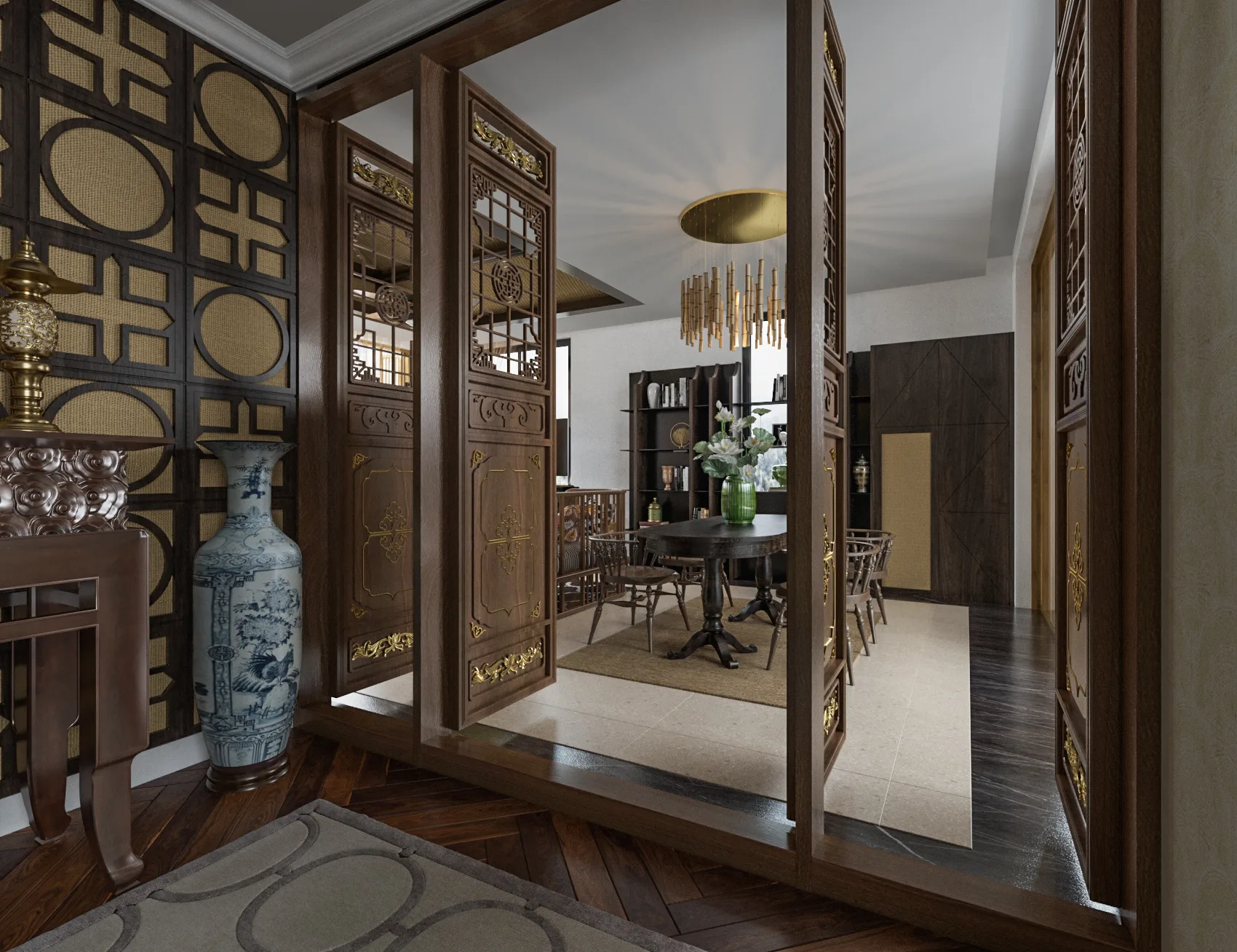
Decoration Elements in Indochine Design Style
The decoration fixtures in an Indochine-style interior are often packed with traditional Asian art and antiques. Textiles, like fine silk and linen, are commonly used to add texture and luxury to the space. Other elements such as lanterns, pottery, and lush indoor plants further enhance the serene, sophisticated, and cozy ambiance of the Indochine interior style.
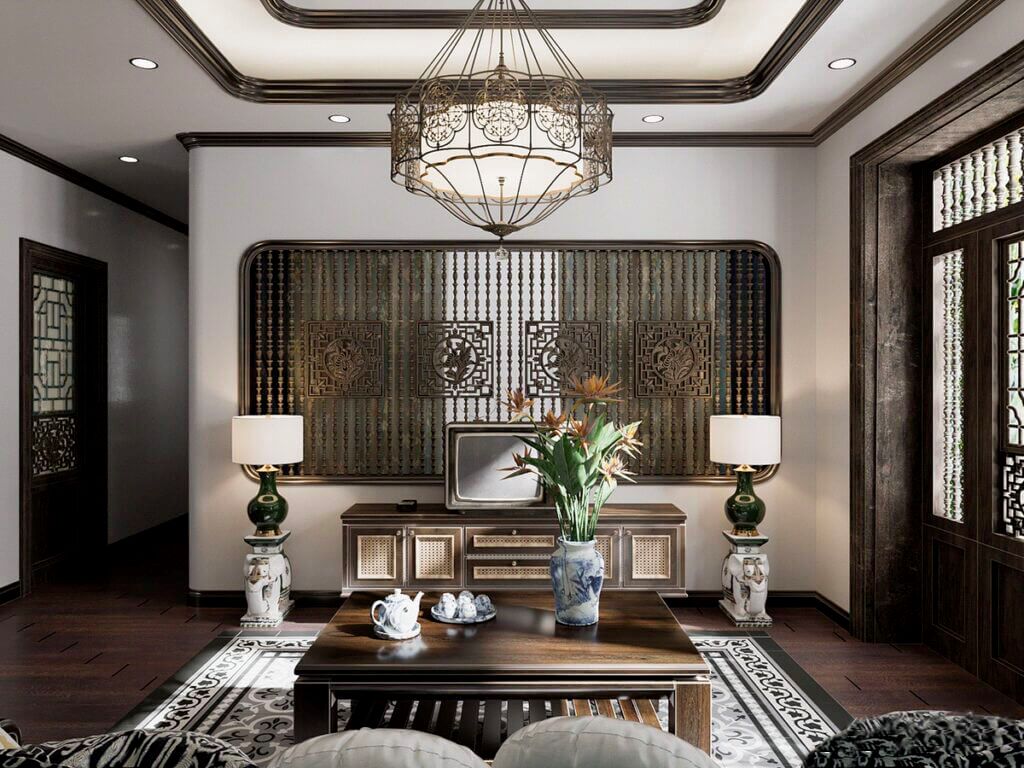
Contemporary Adaptations of Indochine Style
Modern Indochine interiors elegantly combine traditional elements with contemporary design principles. This mixture results in spaces that retain the charm and elegance of such timeless Indochine style while incorporating modern conveniences and aesthetics. Examples of this can be seen in new buildings and homes that integrate Indochine influences, creating a seamless transition between the past and present.
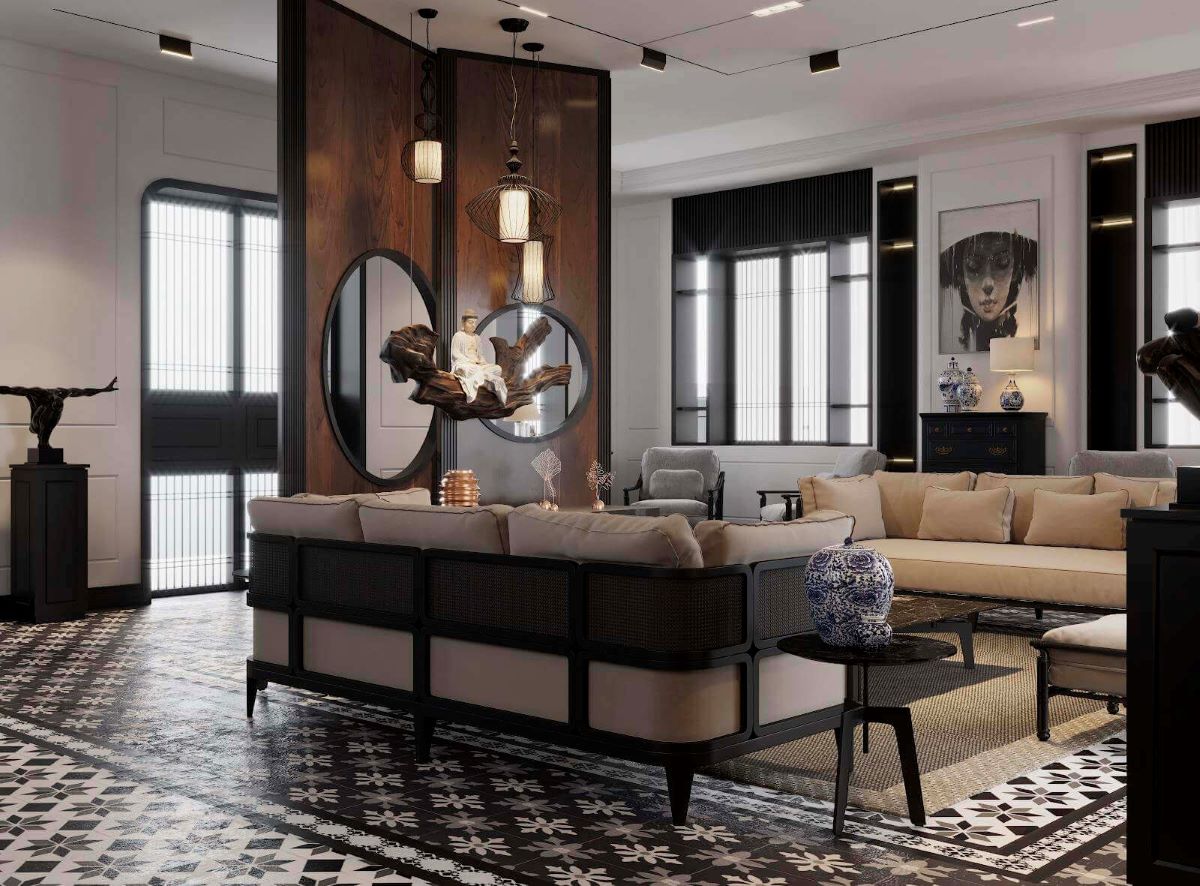
Today’s Trends and Innovations
Current trends in Indochine-inspired design include the use of sustainable materials and eco-friendly practices, such as modern lighting fixtures and minimalist furniture designs are used to update the classic Indochine style, making it intriguing for discerning homeowners.
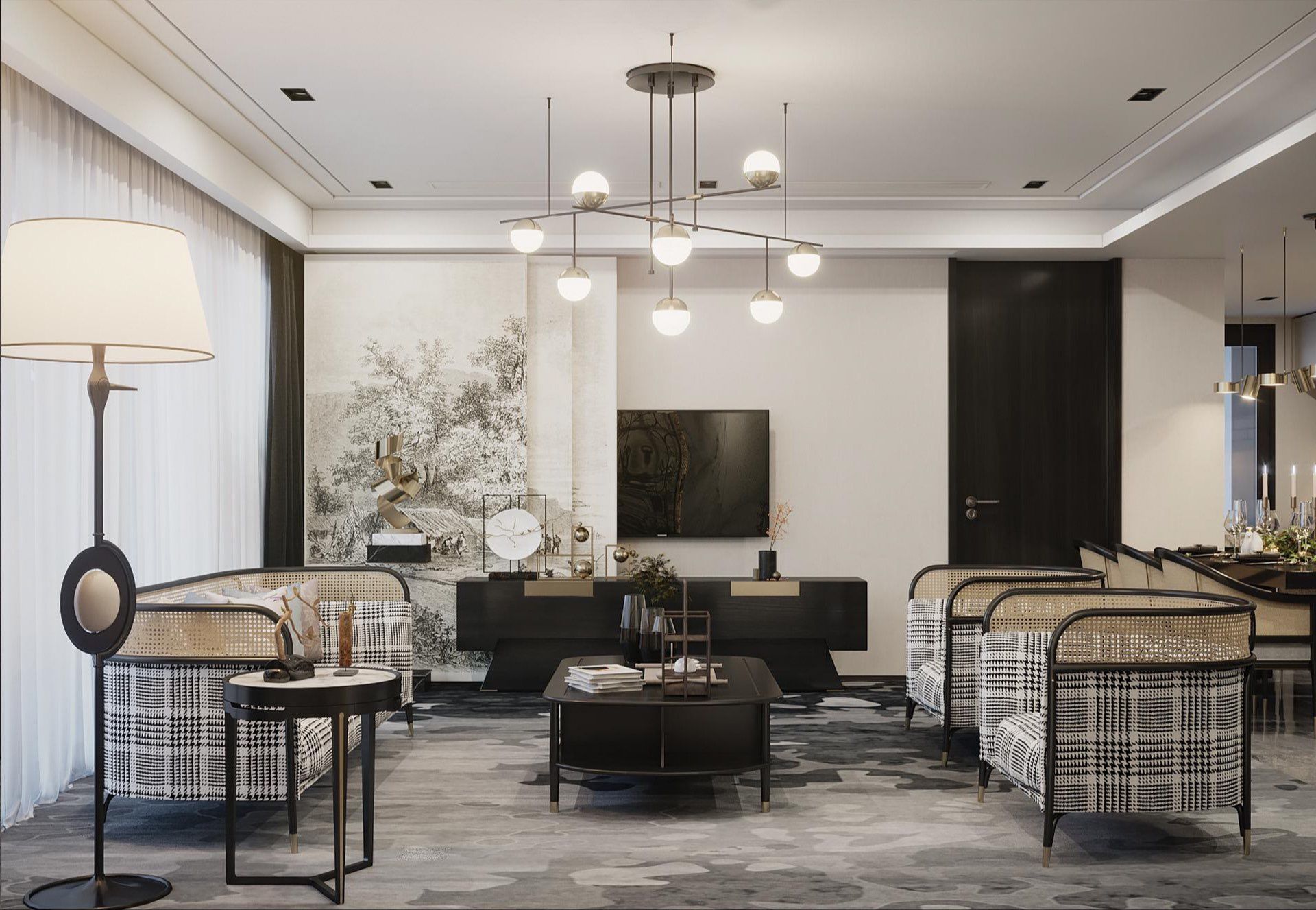
Indochine Style in Hospitality
Luxury Hotels and Resorts
Indochine style can be found in a number of luxury hotels and resorts throughout Southeast Asia. These establishments incorporate the Indochine design style to create an atmosphere of refined extravagance and tranquility. Some notable examples you can take inspiration from:
1. Sofitel Legend Metropole Hanoi, Vietnam
Established in 1901, this luxurious place is a true example of French colonial architecture blended with Vietnamese elements. The interiors feature a harmonious mix of French elegance and Vietnamese décor, with dark wood furnishings, ornate moldings, and traditional silk fabrics. The lush courtyards and colonial-era balconies add to the overall Indochine beauty.
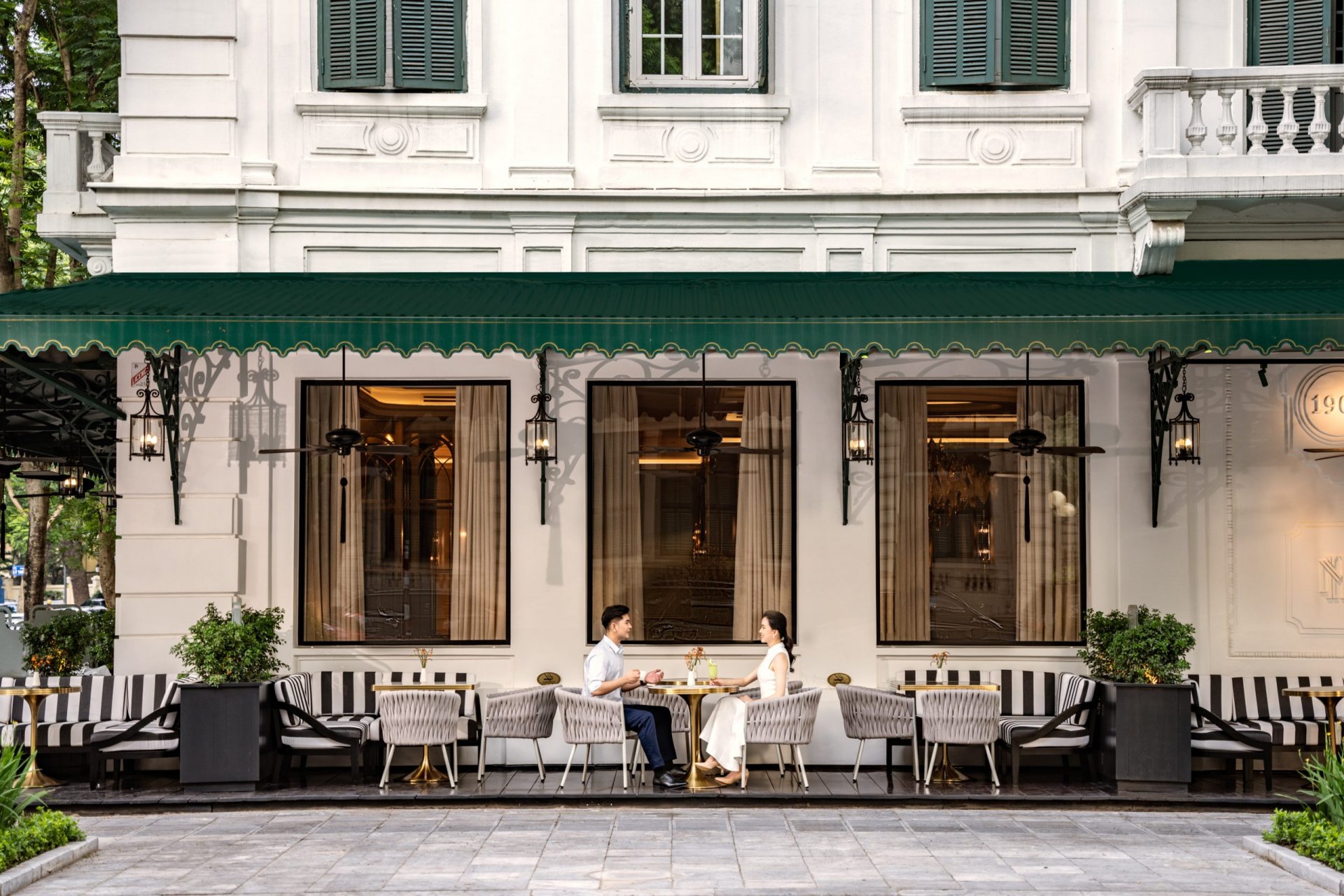
2. La Résidence Hotel & Spa, Hue, Vietnam
This place was a former colonial governor’s residence that has been transformed into a luxury boutique hotel. The architecture and design are a representation of the true Indochine style. The hotel features classic Art Deco furniture, in addition to traditional Vietnamese intricate wooden textiles. The extensive gardens and riverside views add to the tranquil atmosphere.
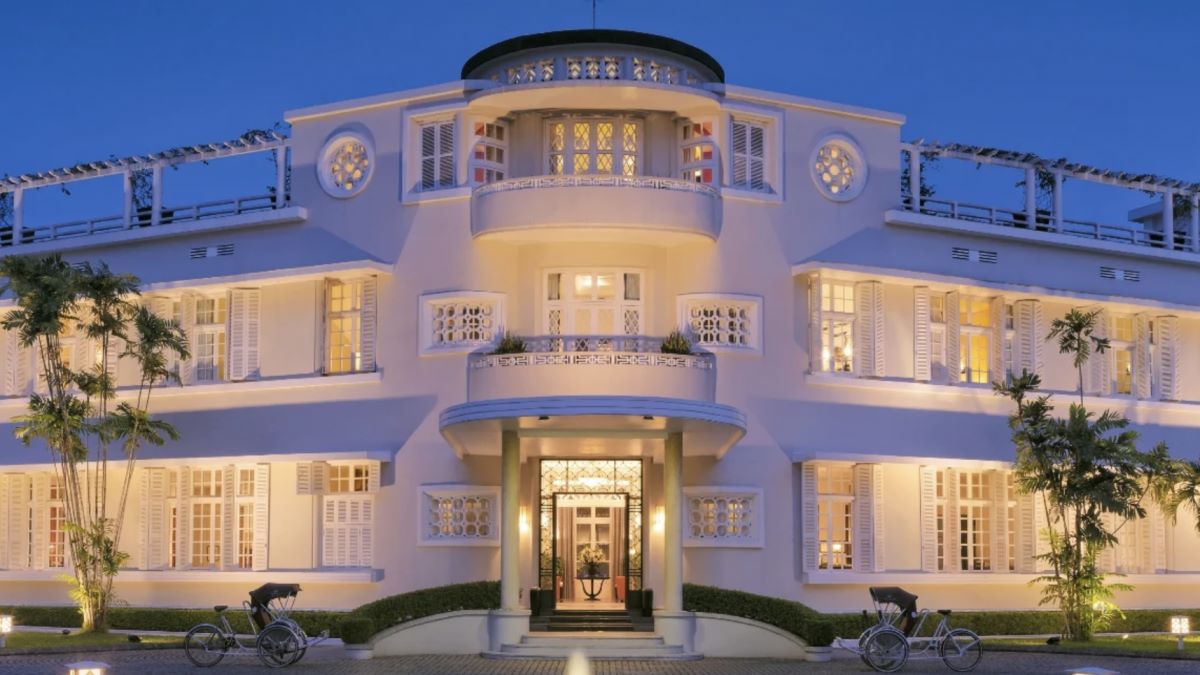
3. Belmond La Résidence Phou Vao, Luang Prabang, Laos
Nestled in the UNESCO World Heritage town of Luang Prabang, this resort combines traditional Lao architecture with French colonial influences. You can witness features of teak wood, silk fabrics, and traditional Lao materials that are accompanied by French-style details.
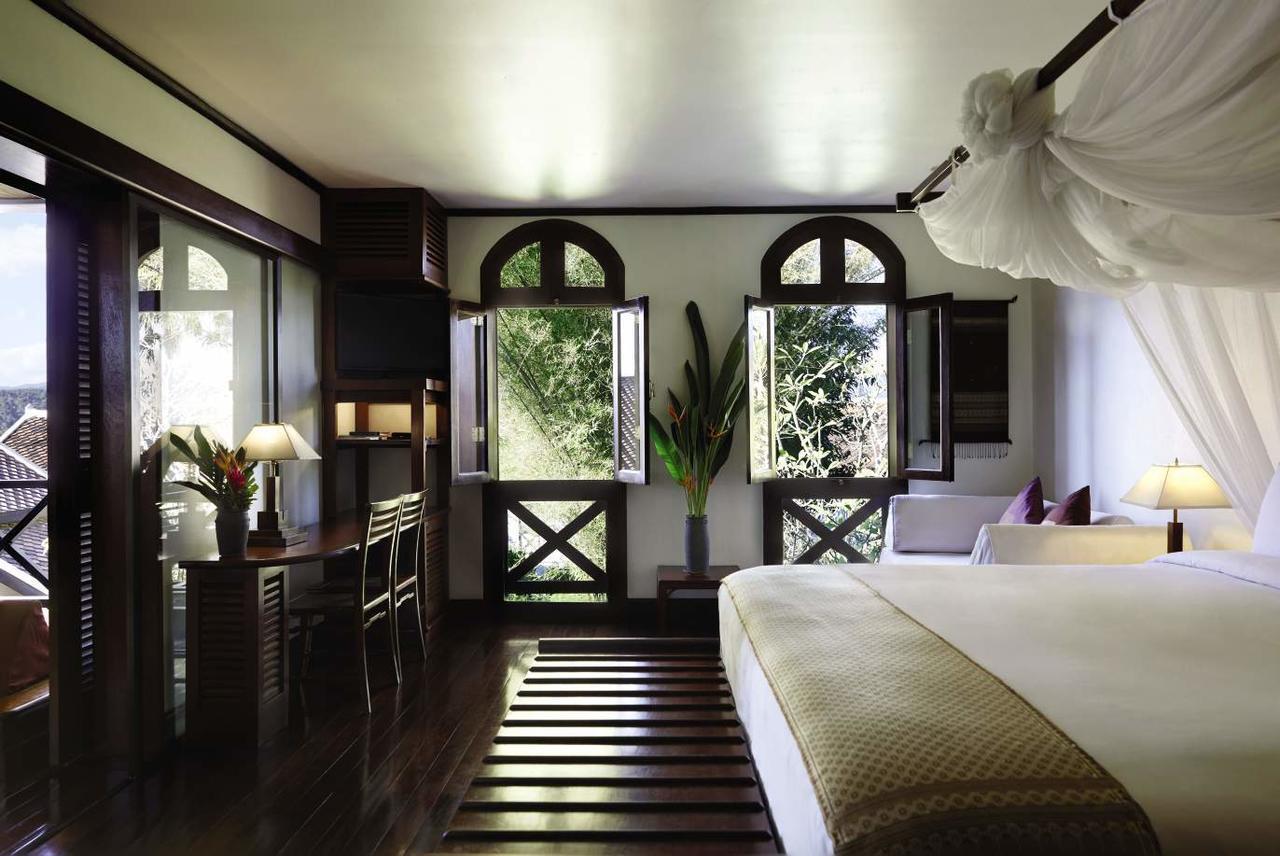
Indochine-Inspired Luxury Train
The allure of the Indochine style extends beyond hotels and resorts to the realm of luxury travel. One of the most enchanting ways to experience this timeless aesthetic is aboard the SJourney train in Vietnam. This luxurious train journey offers passengers an immersive travel experience packed with the luxurious cultural richness of Indochine design.
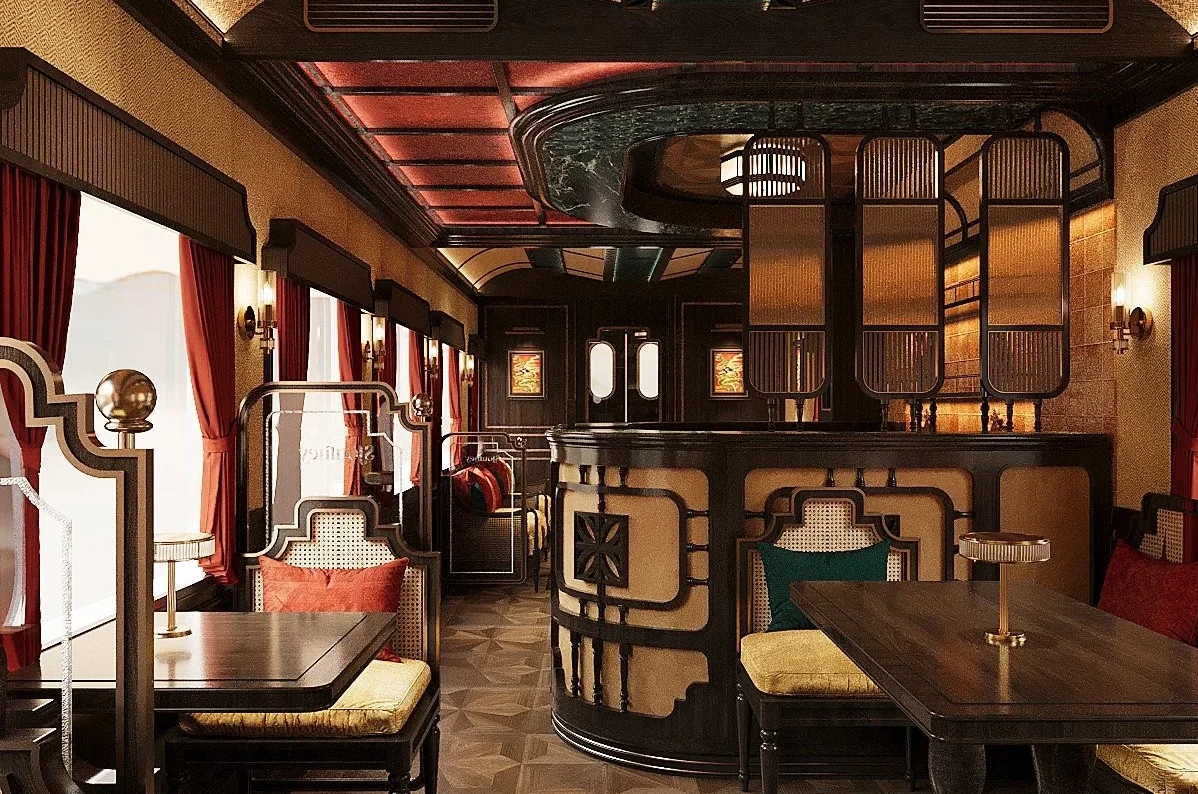 It is an unparalleled travel experience that combines the luxury and elegance of Indochine style with the beauty and culture of Vietnam. Passengers can enjoy the best of both worlds: the refinement of French colonial layout and the richness of traditional Vietnamese artistry, all while traveling through some of the most stunning terrains in Southeast Asia.
It is an unparalleled travel experience that combines the luxury and elegance of Indochine style with the beauty and culture of Vietnam. Passengers can enjoy the best of both worlds: the refinement of French colonial layout and the richness of traditional Vietnamese artistry, all while traveling through some of the most stunning terrains in Southeast Asia.
- Comfort and Luxury: The cabins are designed with passengers’ luxurious comfort in mind, featuring plush bedding, vintage-style furnishings, and modern amenities. Each cabin is an exclusive sanctuary where guests can relax and enjoy the journey in style.
- Historical Routes: Be expected to step back in time as you travel through 8 prominent cities of Vietnam, allowing passengers to immerse in each region in a setting that represents such a golden bygone era.
- Elegant Interiors: Passengers will find themselves surrounded by dark wood paneling, intricate carvings, and luxurious fabrics that evoke the elegance of the past.
- Artistic Décor: Adorned with traditional Vietnamese artworks, including lacquer paintings and silk tapestries, the train adds to the journey a cultural depth and visual appeal to the interiors.
- Gourmet Dining: The dining car on the SJourney train offers a culinary experience that reflects the fusion of French and Vietnamese cuisines.
Immersive Indochine Style in Today’s World
Indochine style is a timeless design aesthetic that continues to captivate with its blend of Eastern and Western influences. By understanding its historical roots and key elements, you can appreciate the enduring charm of this unique style and incorporate it into your own home or travel experiences. Whether you are exploring modern Indochine interiors or seeking to create an Indochine-inspired space like the SJourney, this sophisticated design style offers endless possibilities for elegance and refinement.

